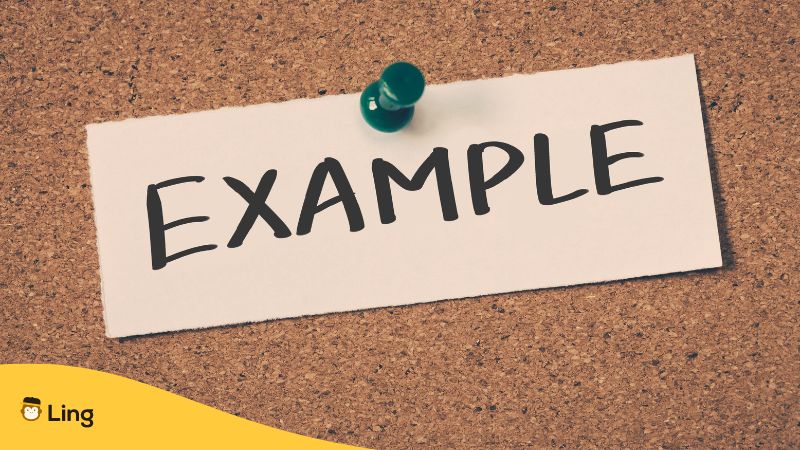Rhyming is a common linguistic feature that can be found in many languages around the world. In the Korean language, rhyming words play an important role in its grammar and syntax, making it essential for Korean language learners to understand the pattern of this feature. This blog post will discuss the basics of rhyming words in Korean, including the types of rhymes and how they form. We’ll also explore some examples of verses to help you better understand the concept. So let’s get started!
Rhyming is a common linguistic feature found in many languages around the world. It involves two words that sound similar when pronounced, often ending with the same syllable. Rhyming words can be used to create poetic or humorous effects. In the Korean language, rhyming words express emotion, connect ideas and impact the listener.
One thing that all song lyrics have in common is rhyming words. If you’ve heard a Korean rapper or two, you’d know that it’s true for rap lyrics. But why do rappers rhyme their words? And how do you figure out which words rhyme in Korean?
Don’t worry if you’re new to learning Korean; we will answer all these questions below! You should also check out this post to learn about other things you can do to improve your Korean rhyming skills.

Why Do Languages Have Rhyming Words?
Rhyming words are common in many languages and have been used to create poems and songs for centuries. Rhyming words add a poetic quality to the language, making it more enjoyable to hear. They are also helpful for memorization and recall of certain words or phrases, making it easier to remember their meaning.
Rhyming can also help children learn the language as they begin to understand the patterns of words. Furthermore, rhyming words create a sense of rhythm, which can be pleasing to the ear and draw attention to a speaker’s words.
How Does Rhyming Work In The Korean Language?
In the Korean language, rhyming works by having talks with identical endings in terms of pronunciation. This is generally accomplished by utilizing consonant clusters and vowel combinations that create a distinct sound.
Unlike English, which relies heavily on rhymes based on different vowels and consonants, Korean’s rhyming system depends more on the tone of the syllables. This means that certain sounds or combinations of syllables have specific tones associated with them. For example, if a word ends with ᅵ (the “i” vowel), then it has a rising tone, while a word ending with ᅳ (the “eo” vowel) has a flat tone. Understanding the tones associated with each syllable combination can create rhymes in the Korean language.
Additionally, because Korean is an agglutinative language, it is possible to create new words by adding certain syllables to the ends of existing words. This allows for easy rhyming as these syllables are often easily recognizable.

Examples Of Rhyming Words In Korean
There are many examples of Korean rhyming words, which can be used to make poetry and song lyrics more lyrical. One of the most common ways to create a rhyme in Korean is by using the same syllable ending for two or more words. For example, the syllables “-yong” and “-jong” often appear at the end of words that rhyme. Examples of these pairs include 백숙 (baeksuk, a type of stew) and 잡수 (japsu, a kind of Korean rice cake), 소리 (sori, sound) and 고리 (gory, loop), and 공연 (gongyeon, performance) and 연합 (yeonhap, union).
Another way to create rhymes in Korean is by using similar consonants. For example, some commonly used words like 가나다 (ganada, alphabet), 마바사 (mabasa, first four letters of the Korean alphabet), and 아자차 (ajacha, four corners) all share the same initial consonant “ᄋᄆᄇᄉ” which makes them easy to rhyme.
Finally, some Korean rhymes also employ assonance, which involves repeating a vowel sound within words. For example, the words 빨간색 (ppalgansaek, red color) and 주황색 (juhwangsaeck, orange color) both share the same vowel sound “ᅡ,” which creates an effective rhyme.
Overall, rhyming words in Korean is a fun and creative way to make the language more interesting. By understanding the patterns and nuances of how different syllables and consonants combine to form rhymes, you can create poems and songs that will leave a lasting impression on your audience.
Korean Rhymes In Rap
In Korean rap, as in any form of rap or hip-hop music, rhymes play a crucial role in creating a rhythmic and lyrical flow to the song. They can help develop a sense of cohesion and structure within the lyrics and contribute to the song’s overall artistic and aesthetic appeal.
In Korean rap, rhymes are often used to emphasize certain words or ideas and can help to create a memorable and catchy hook or chorus. Rhymes can also be used for wordplay and artistic expression, allowing the rapper to convey meaning and emotion through language.
Overall, the use of rhymes in Korean rap helps to create a more enjoyable listening experience for the audience and can also serve as a way for the rapper to showcase their artistic skills and creativity.
What The Ling App Can Do For You As A Language Learner
Learning is incredibly dull, and we all can agree with that, but what’s not boring is learning with the Ling. If you want to learn different languages, check out the Ling, which has fantastic features for you to learn Korean. From learning Korean through chatbots to solving unique quizzes, you will find some easy ways of learning.
Stop struggling with learning these languages when such simplistic ways exist, and download the Ling App from Google Playstore or App Store to start learning Korean like a pro!



































































